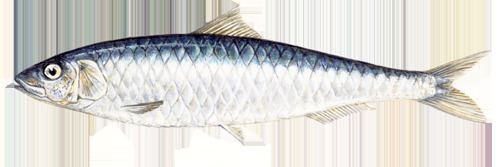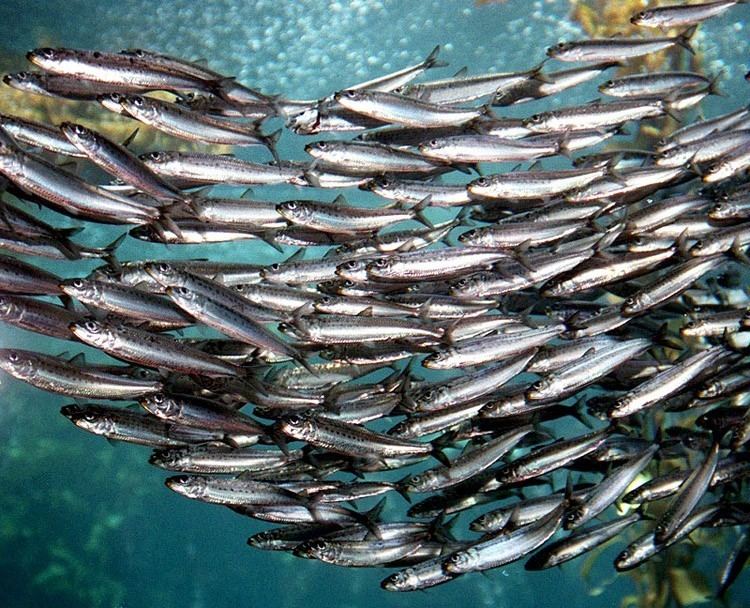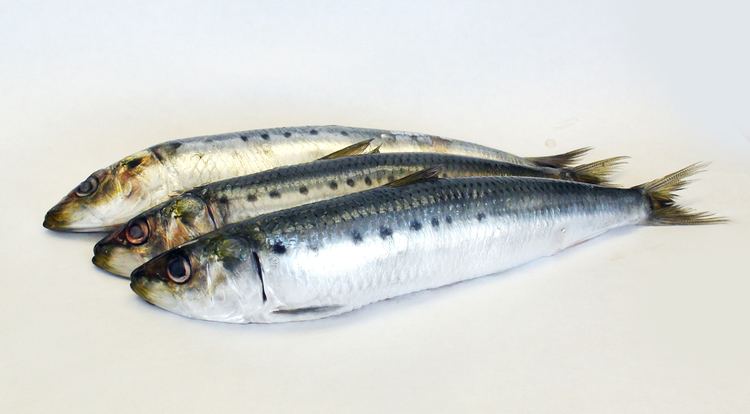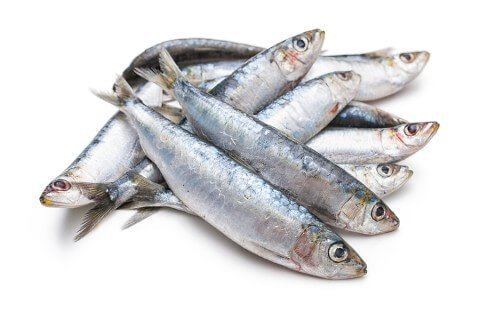 | ||
Similar Fish as food, Tuna, Salmon, Herring, True tunas | ||
Passionate about fish how to prepare sardines
"Sardine" and "pilchard" are common names used to refer to various small, oily fish within the herring family of Clupeidae. The term sardine was first used in English during the early 15th century and may come from the Mediterranean island of Sardinia, around which sardines were once abundant.
Contents
- Passionate about fish how to prepare sardines
- Sardine run expedition sff
- Genera
- Feeding
- Fisheries
- As food
- History
- In popular culture
- References
The terms "sardine" and "pilchard" are not precise, and what is meant depends on the region. The United Kingdom's Sea Fish Industry Authority, for example, classifies sardines as young pilchards. One criterion suggests fish shorter in length than 15 cm (6 in) are sardines, and larger fish are pilchards. The FAO/WHO Codex standard for canned sardines cites 21 species that may be classed as sardines; FishBase, a comprehensive database of information about fish, calls at least six species "pilchard", over a dozen just "sardine", and many more with the two basic names qualified by various adjectives.

Sardine run expedition sff
Genera
Sardines occur in several genera

Feeding
Sardines feed almost exclusively on zooplankton, "animal plankton", and will congregate wherever this is abundant.
Fisheries

Typically, sardines are caught with encircling nets, particularly purse seines. Many modifications of encircling nets are used, including traps or weirs. The latter are stationary enclosures composed of stakes into which schools of sardines are diverted as they swim along the coast. The fish are caught mainly at night, when they approach the surface to feed on plankton. After harvesting, the fish are submerged in brine while they are transported to shore.

Sardines are commercially fished for a variety of uses: for bait; for immediate consumption; for drying, salting, or smoking; and for reduction into fish meal or oil. The chief use of sardines is for human consumption, but fish meal is used as animal feed, while sardine oil has many uses, including the manufacture of paint, varnish and linoleum.
As food
Sardines are commonly consumed by human beings. Fresh sardines are often grilled, pickled or smoked, or preserved in cans.
Sardines are rich in vitamins and minerals. A small serving of sardines once a day can provide 13 percent of vitamin B2; roughly one-quarter of niacin; and about 150 percent of the recommended daily value of vitamin B12. All B vitamins help to support proper nervous system function and are used for energy metabolism, or converting food into energy. Also, sardines are high in the major minerals such as phosphorus, calcium, potassium, and some trace minerals including iron and selenium. Sardines are also a natural source of marine omega-3 fatty acids, which may reduce the occurrence of cardiovascular disease. Recent studies suggest that regular consumption of omega-3 fatty acids reduces the likelihood of developing Alzheimer's disease. These fatty acids can also lower blood sugar levels. They are also a good source of vitamin D, calcium, vitamin B12, and protein.
Because they are low in the food chain, sardines are very low in contaminants such as mercury, relative to other fish commonly eaten by humans.
History
Pilchard fishing and processing became a thriving industry in Cornwall (UK) from around 1750 to around 1880, after which it went into decline. Catches varied from year to year and, in 1871 the catch was 47,000 hogsheads while in 1877 only 9,477 hogsheads. A hogshead contained 2,300 to 4,000 pilchards and, when filled with pressed pilchards, weighed 476 lbs. The pilchards were mostly exported to Roman Catholic countries such as Italy and Spain where they are known as ″fermades″. The chief market for the oil was Bristol where it is used on machinery. As of 2007, however, stocks are improving. Since 1997, sardines from Cornwall have been sold as "Cornish sardines", and since March 2010, under EU law, Cornish sardines have Protected Geographical Status. The industry has featured in numerous works of art, particularly by Stanhope Forbes and other Newlyn School artists.
In the United States, the sardine canning industry peaked in the 1950s. Since then, the industry has been on the decline. The canneries in Monterey Bay, in what was known as Cannery Row, failed in the mid-1950s. The last large sardine cannery in the United States, the Stinson Seafood plant in Prospect Harbor, Maine, closed its doors on 15 April 2010 after 135 years in operation.
The traditional "Toast to Pilchards" refers to the lucrative export of the fish to Catholic Europe:
Here's health to the Pope, may he live to repent And add just six months to the term of his Lent And tell all his vassals from Rome to the Poles, There's nothing like pilchards for saving their souls!In popular culture
The close packing of sardines in the can has led to the metaphorical use of their name in describing any situation where people or objects are crowded together, for instance, in a bus or subway car. This phenomenon is satirised by British poet and comic Spike Milligan in his poem 'Sardine Submarine'. In the poem, a sardine's mother describes the unfamiliar sight of a submarine to its offspring as 'a tin full of people'.
'Sardines' is also the name of a children's game, where one person hides and each successive person who finds the hidden one packs into the same space until there is only one left out, who becomes the next one to hide.
